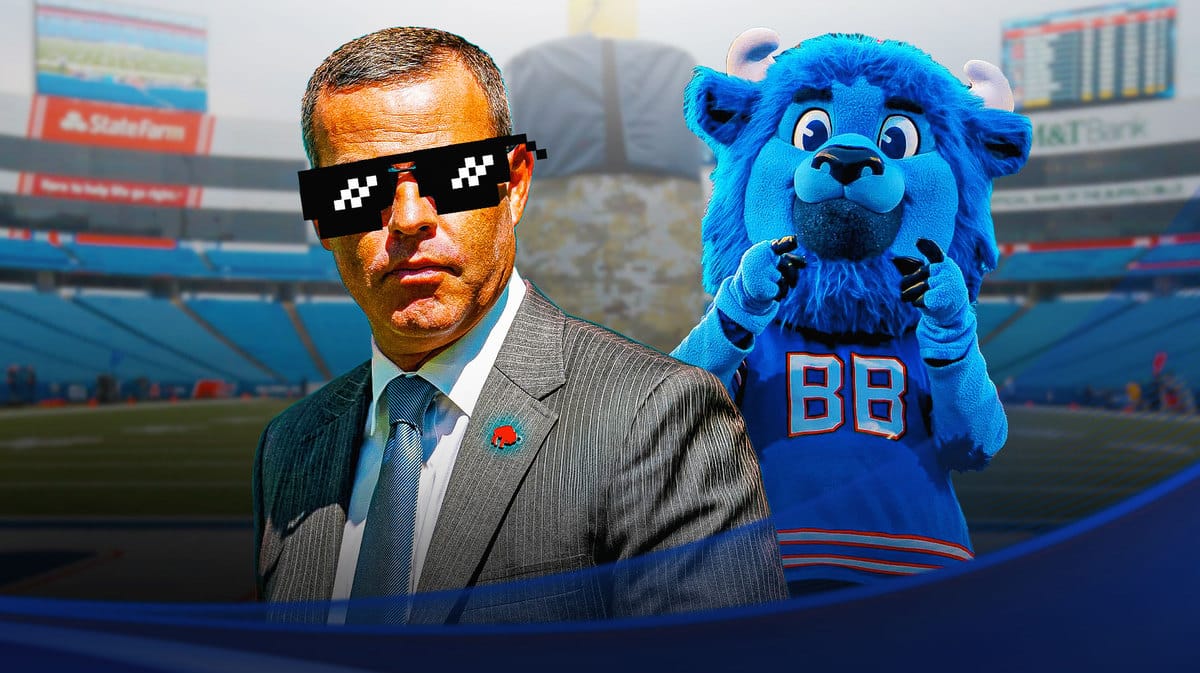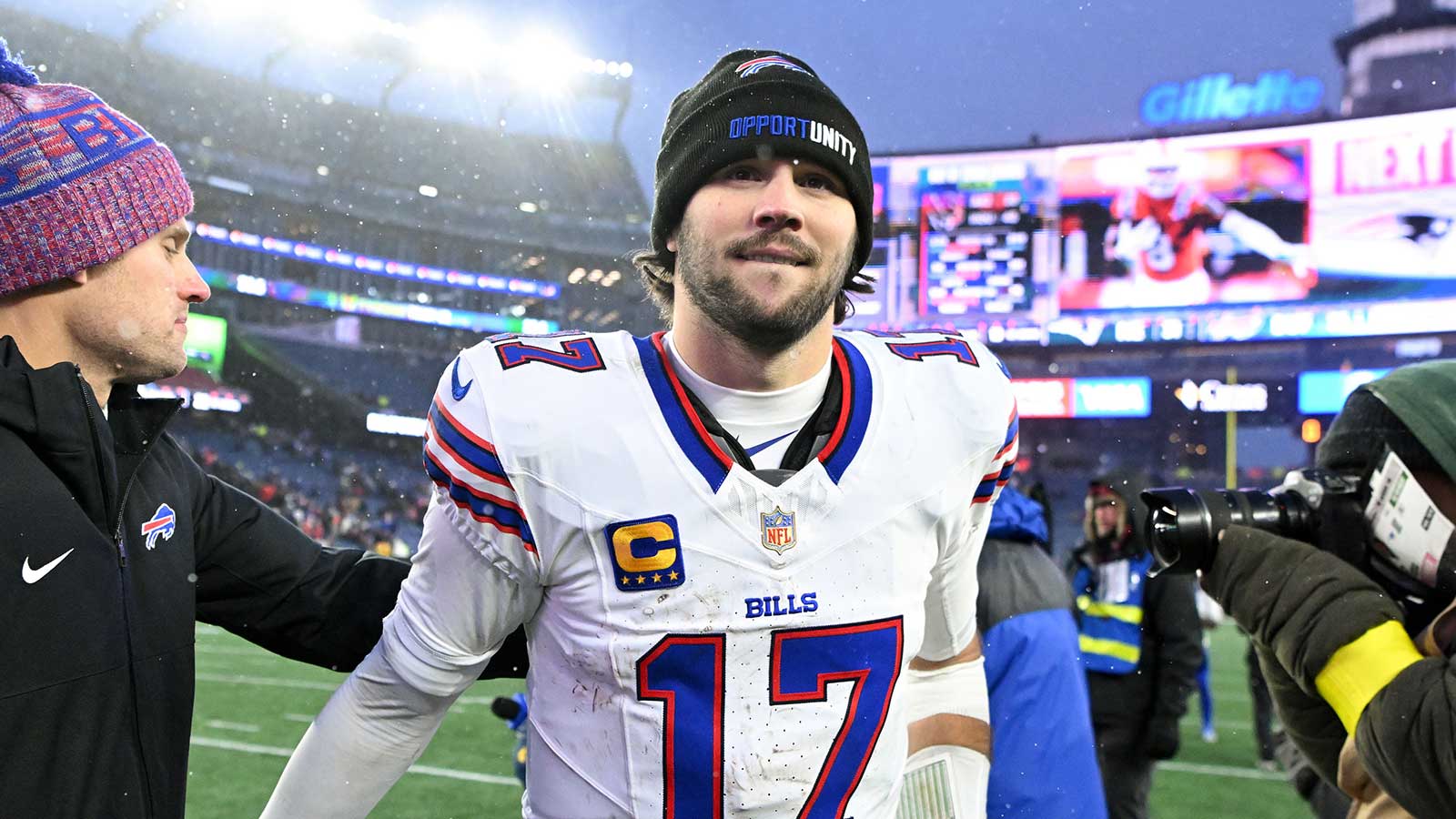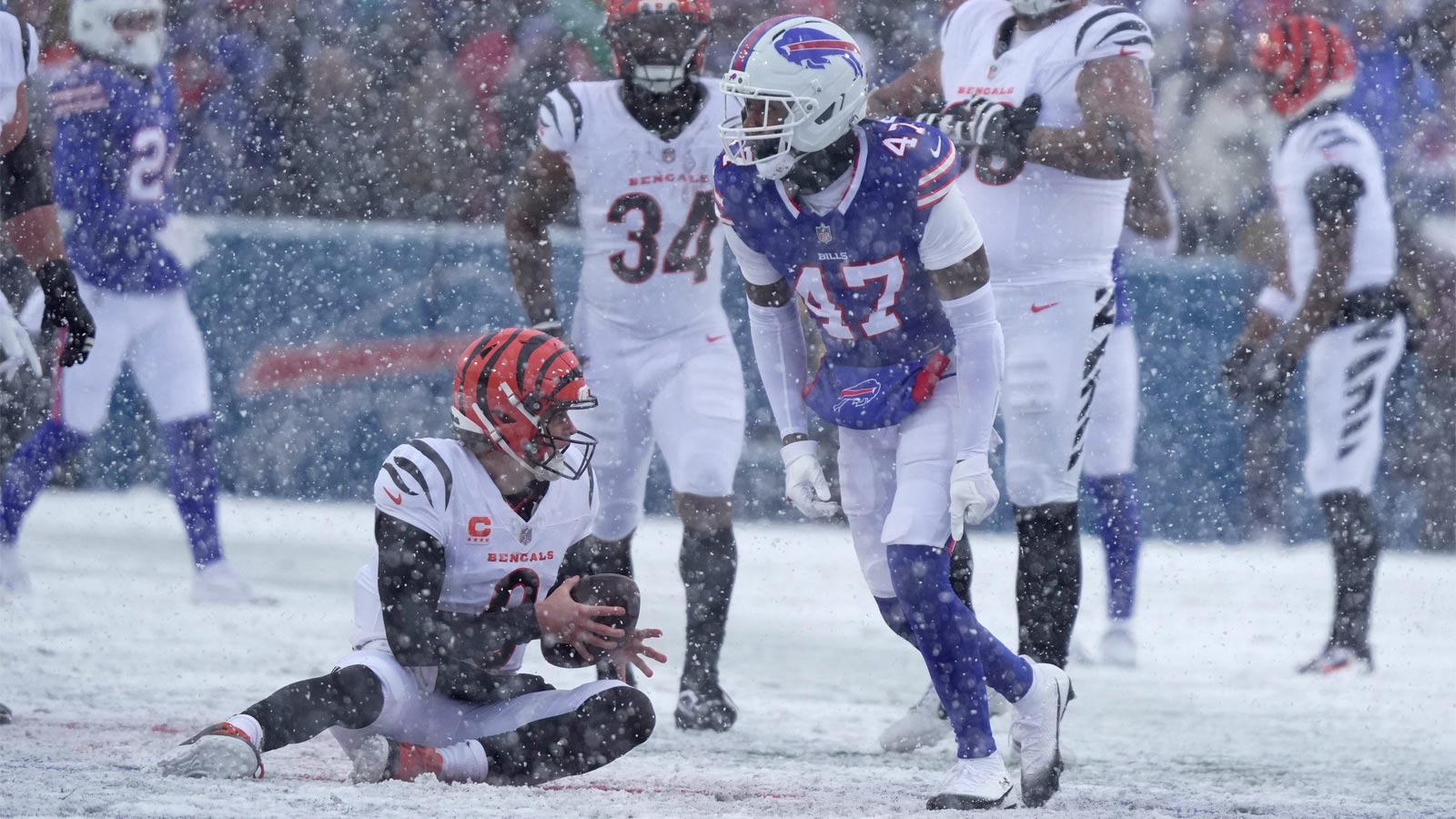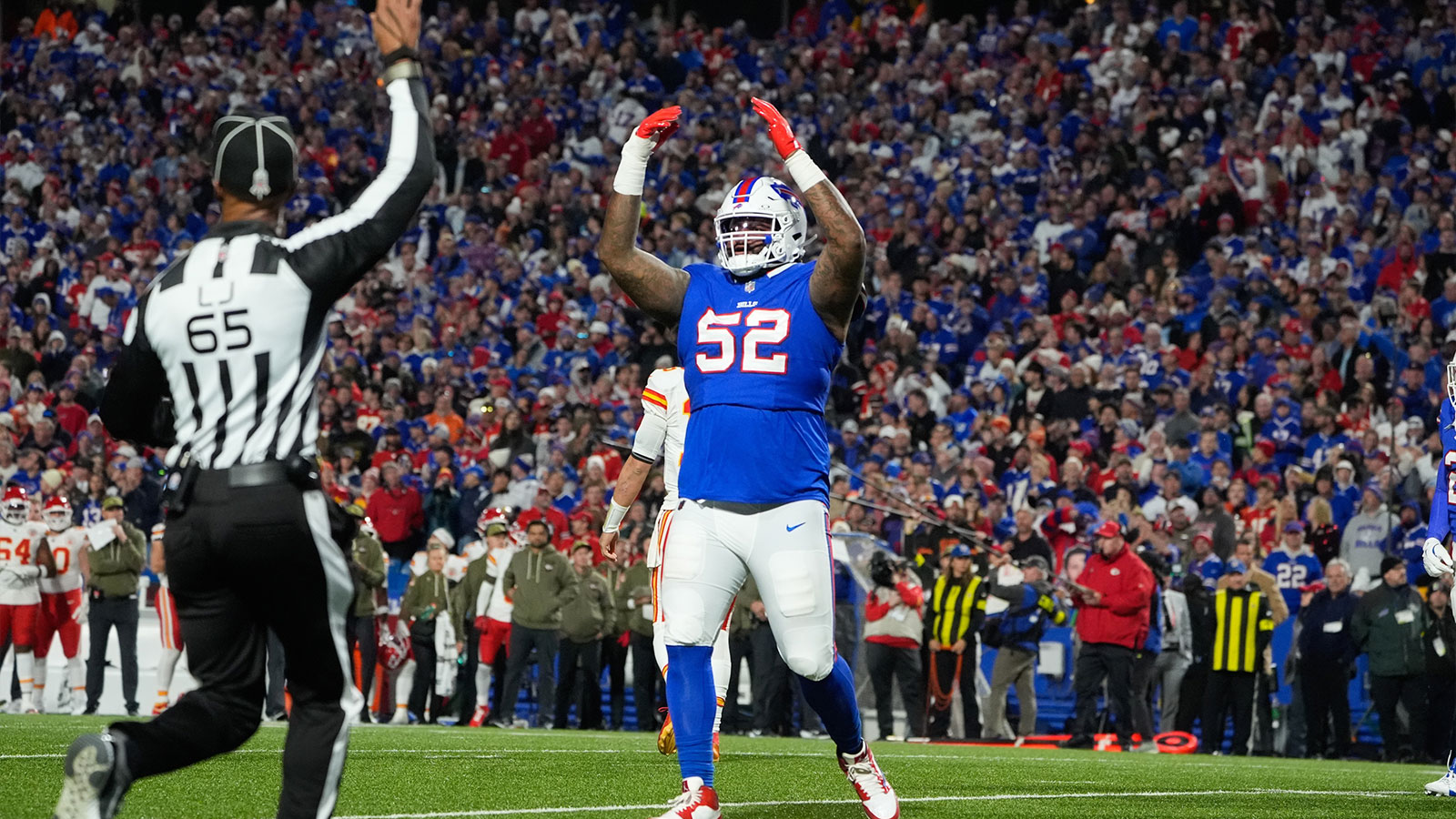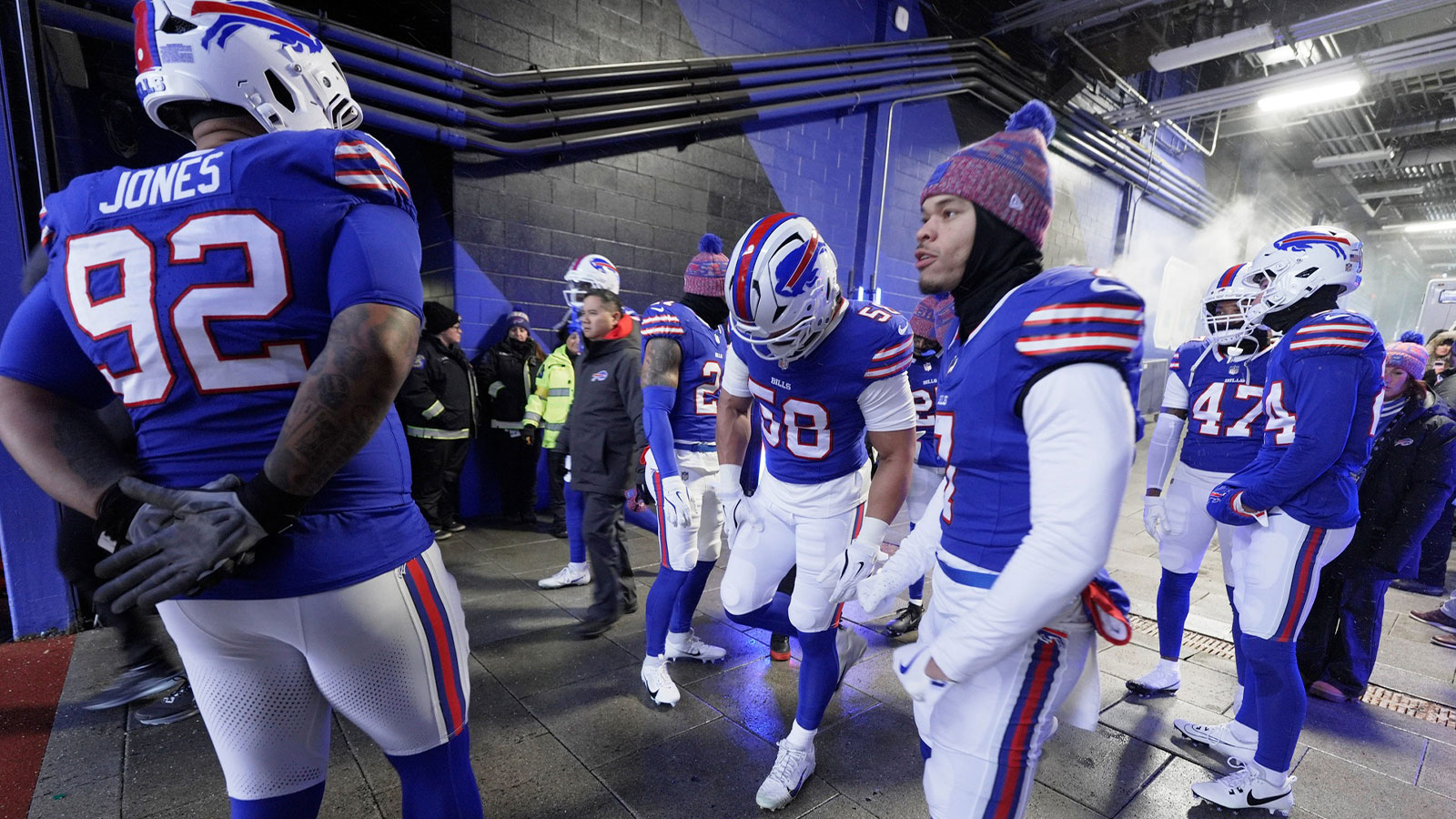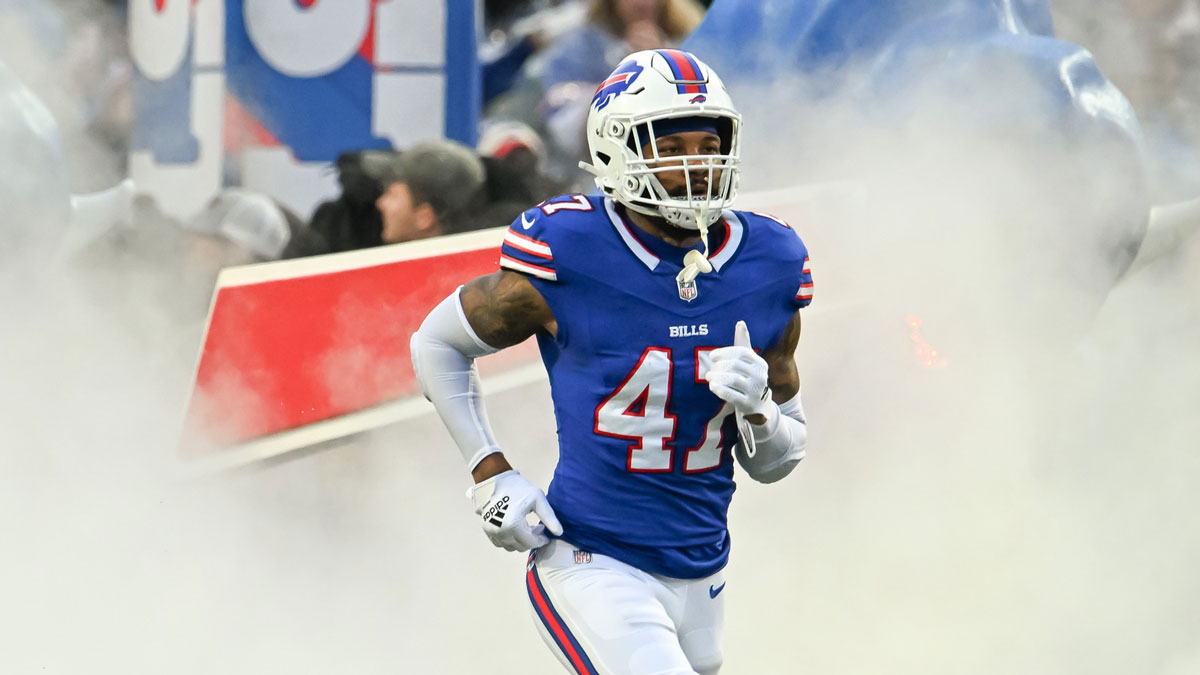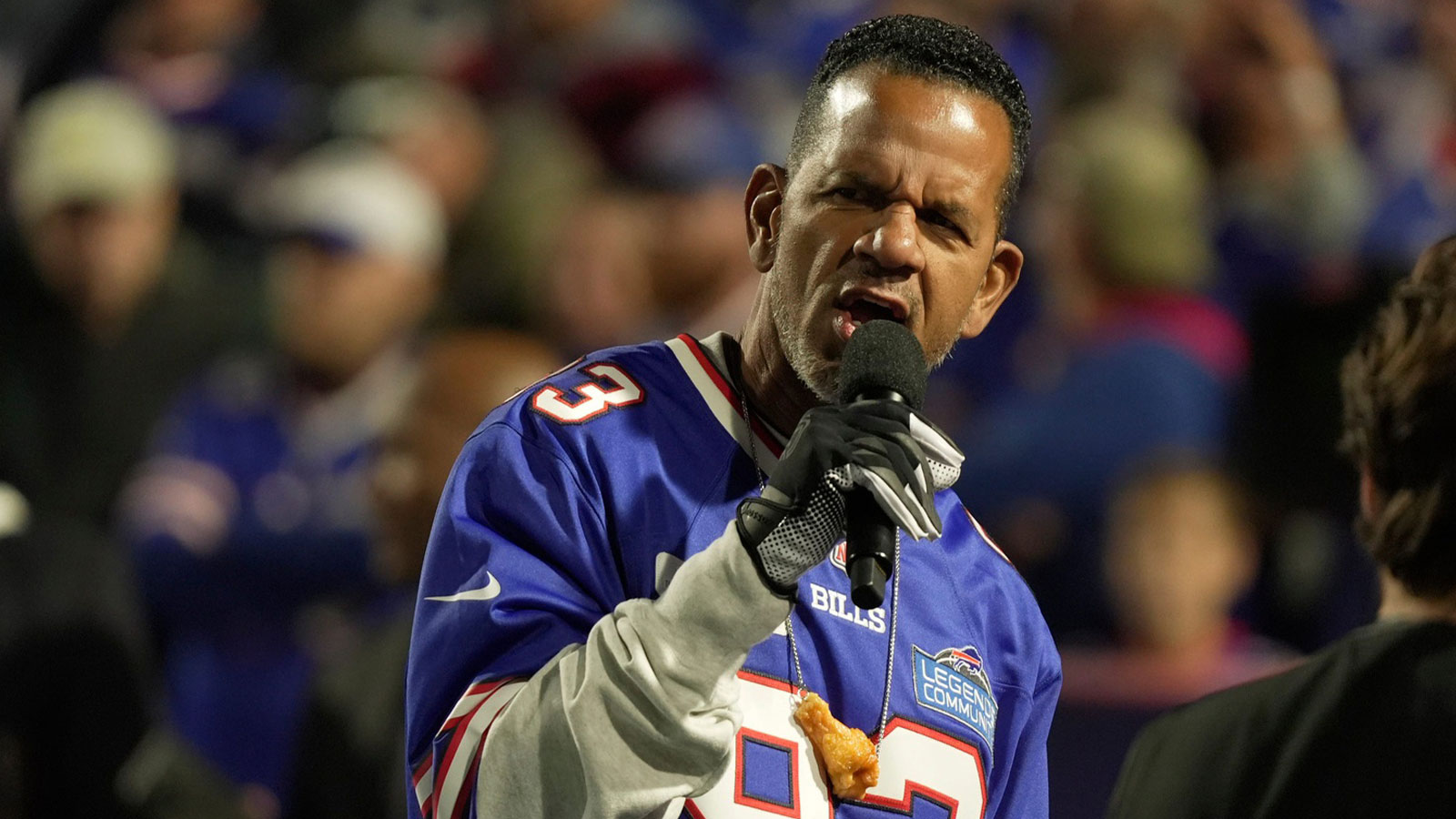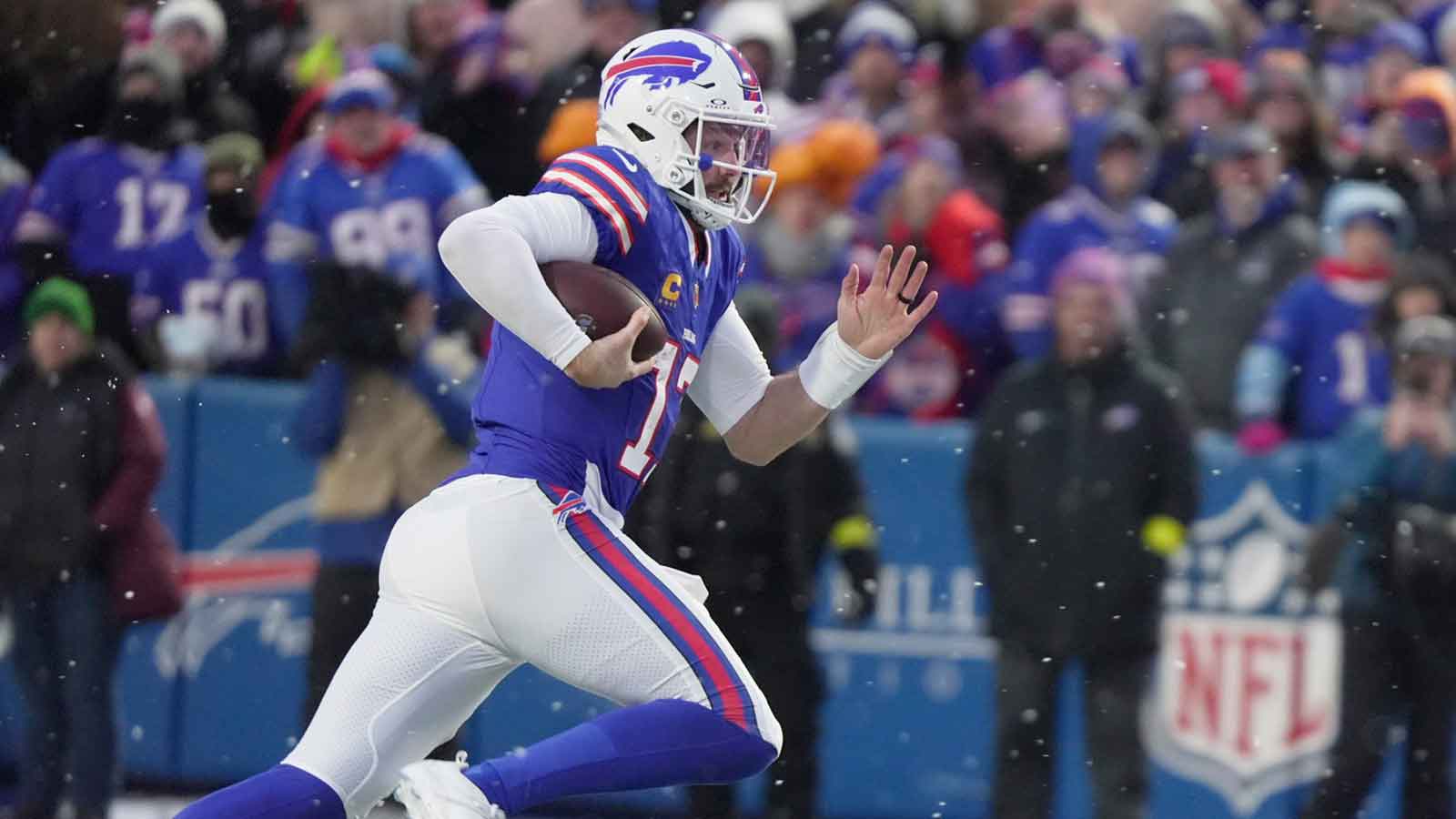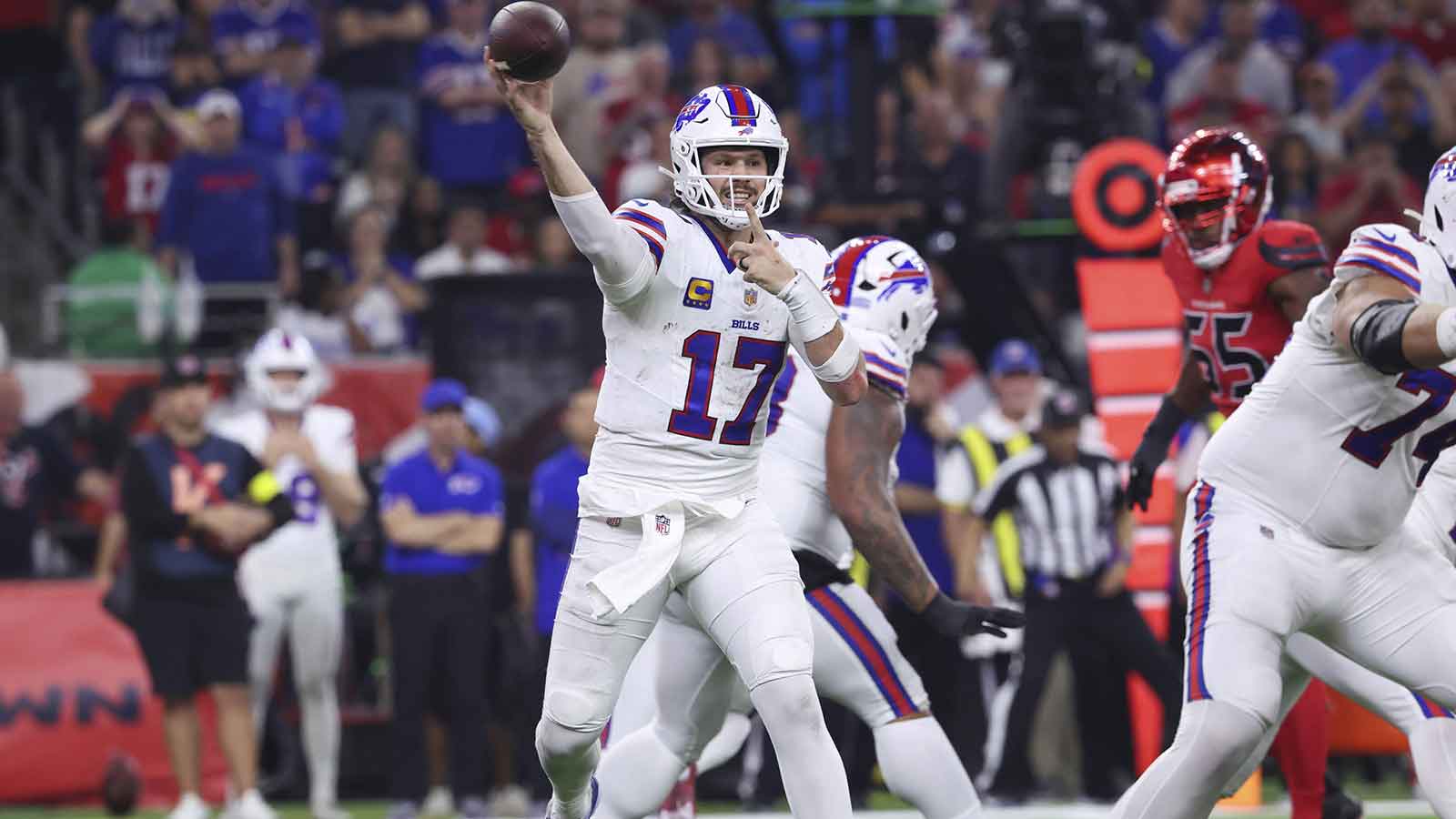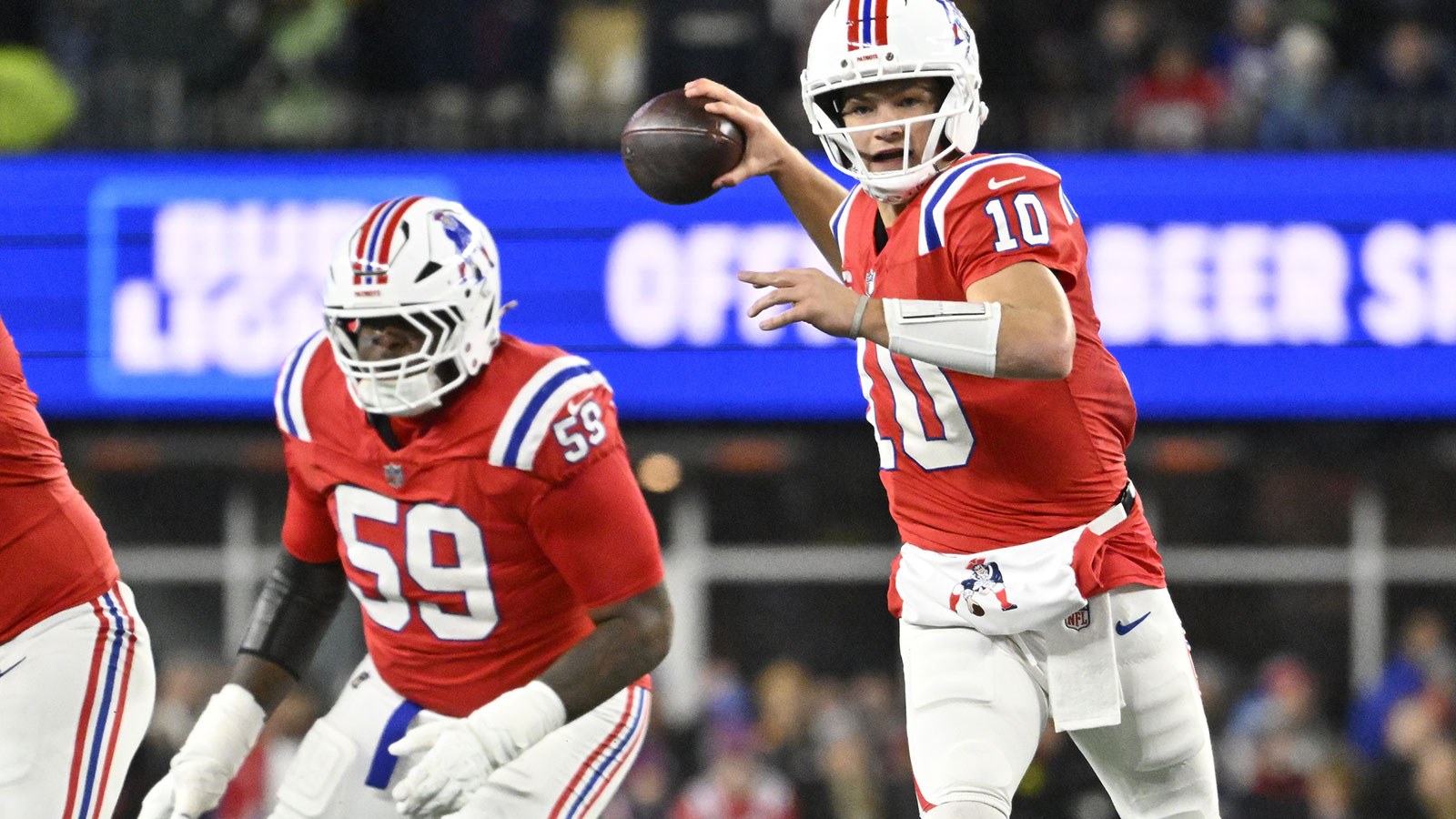The Buffalo Bills have their work cut out for them this offseason. They did not enter this offseason with much cap space and were one of the oldest teams in the NFL a year ago. Yet despite their experienced yet loaded roster, their season still ended far more quickly than they would've liked. They ran into the Kansas City Chiefs once again in the playoffs but fell at the hands of the eventual champions once again.
Buffalo invested a lot in last year's team, which made it hard for them to be super active to improve their roster in free agency this offseason. However, they have made some acquisitions, like signing former Washington Commander wide receiver Curtis Samuel. But they also had to let a ton of players leave, like Jordan Poyer, Micah Hyde, and Tre'Davious White, and have yet to replace them. These moves make up the best and worst Buffalo has made to start free agency.
Best move: signing Curtis Samuel
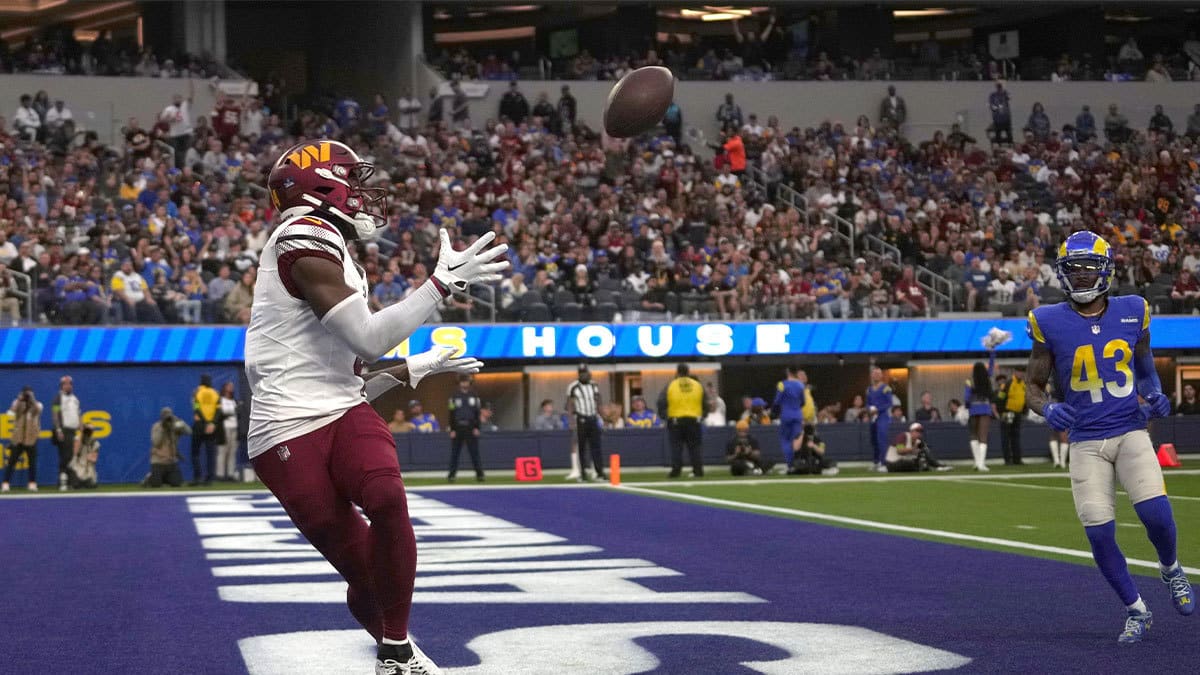
Gabe Davis was a good player for the Bills during his four seasons in Buffalo. He had some monster games for them, most notably the epic 201-yard, four-touchdown performance he had against the Chiefs in the 2021 playoffs.
Gabriel Davis casually dropping 4TDs in the playoffs. ⚔️ https://t.co/6SyheYZcuj pic.twitter.com/mUN3B9K7Z4
— 🪄RBJ⚔️ (@RBJ2K1) February 13, 2023
Though Davis had plenty of big games during his tenure in Buffalo before signing with the Jacksonville Jaguars this offseason, he had his fair share of duds too. He had more games with zero receiving yards (four) than he had games with 100 or more yards (three). A lot of that is because of his style of play. Davis is predominantly a deep threat without much wiggle or versatility as a route runner to win in the short and intermediate. The numbers and data back that up.
New Jaguars WR Gabe Davis' 2023 #ReceptionPerception profile
– 53.8% success rate vs. man coverage
– 76.3% success rate vs. zone
– 51% success rate vs. press
– All three marks are below the 31st percentileDavis brings value as a vertical X-receiver who can burn downfield and… pic.twitter.com/fqgbjojYxA
— Matt Harmon (@MattHarmon_BYB) March 11, 2024
That is not the case with Curtis Samuel, however. In fact, it is far from it. Samuel is one of the better and more underappreciated route runners and wide receivers in the NFL in general.
New Bills WR Curtis Samuel's 2023 #ReceptionPerception profile is up on the site.
– 75.4% success rate vs. man coverage (82nd percentile)
– He's cleared 75% success rate vs. man in all 4 seasons charted for RP
– 80% success rate vs. zone was the best mark of his careerSamuel… pic.twitter.com/jtoVbOh8zw
— Matt Harmon (@MattHarmon_BYB) March 19, 2024
Samuel brings a new dimension to this Bills' offense that he has some familiarity with after he and current Buffalo offensive coordinator Joe Brady spent a season together in Carolina. Not only should he complement Josh Allen and Stefon Diggs better than Davis did, but he might the better overall receiver of the two.
On top of that, Buffalo saved money signing Samuel over Davis. Buffalo signed a three-year $24 million deal with the former Commander with $15 million of that being guaranteed. The Jaguars gave Davis a three-year $39 million that includes $24 million guaranteed.
To summarize: Buffalo signed the more versatile and arguably better receiver between Samuel and Davis and did so on a cheaper contract. That's great business by the Bills' front office.
Grade: A
Worst move: no moves addressing their secondary
As mentioned earlier, the Bills did not enter this offseason with very much flexibility and ability to make moves. They were deep in the red regarding cap space, and subsequently some tough decisions to make. Those choices were made in their secondary. The Bills released two stalwarts of their defensive unit and Jordan Poyer and Tre'Davious White.
These decisions were largely financially based. Cutting White, Poyer, and a series of other veterans ended up saving Buffalo nearly $26 million in cap space. But while they've added to their cap sheet, they haven't been able to do much with it to address the losses at the back end of their defense. All the Bills have been able to do with their secondary has been re-signing Cam Lewis. They even lost Dane Jackson in free agency to the Carolina Panthers.
Buffalo will surely look to reload and retool its secondary during the upcoming NFL draft. But the Bills' backend looks barren outside of Rasul Douglas, who they acquired in a trade with the Green Bay Packers at the 2023 trade deadline. This grade could change depending on what they do at the draft. But for now and what their secondary looks like at the moment, this has been a huge hit for the Bills and their prospects for the 2024 season.

